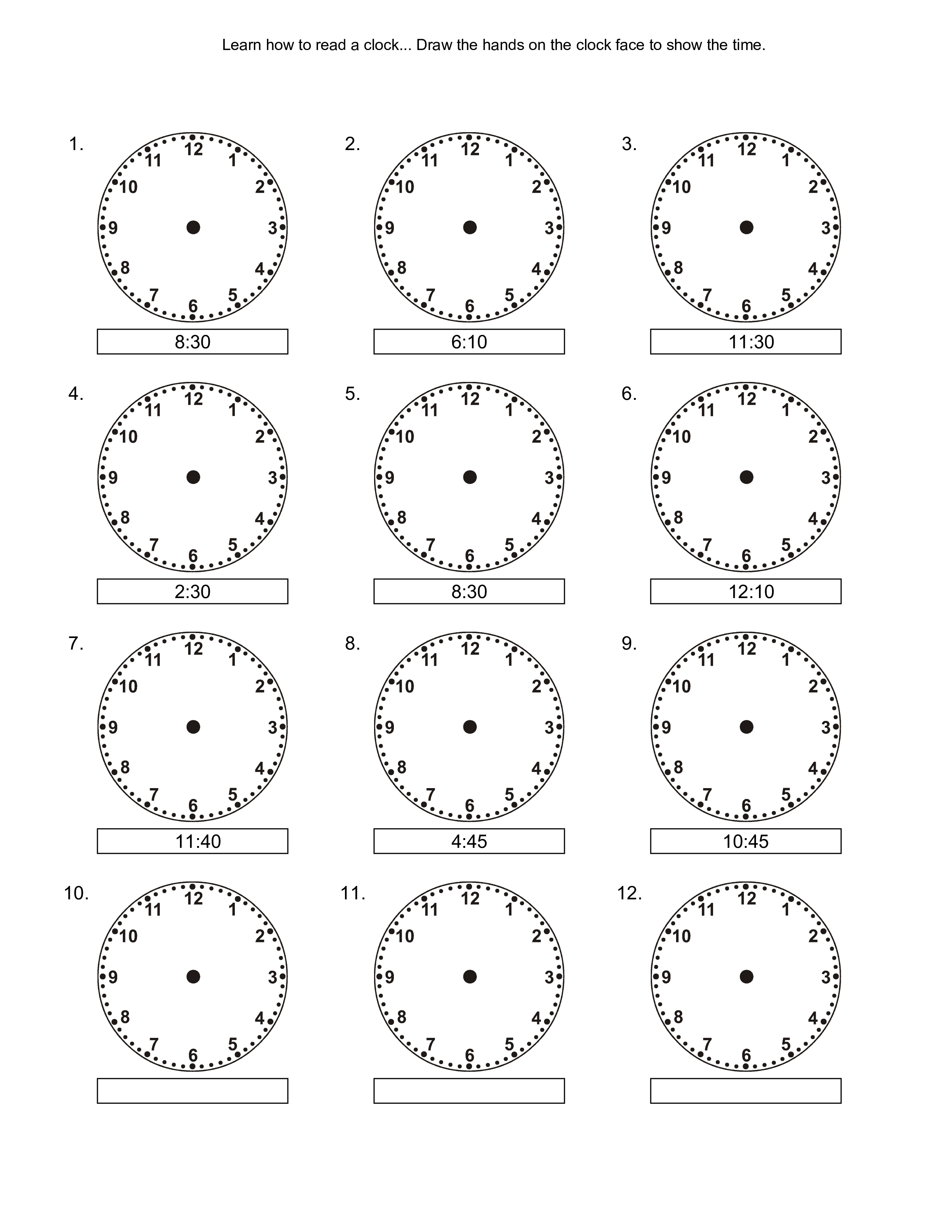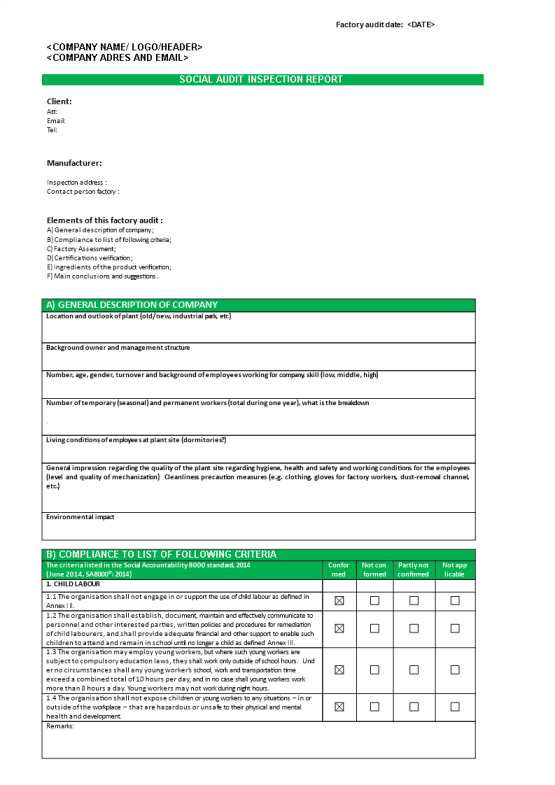How to tell time?

Speichern, ausfüllen, drucken, fertig!
How hwrd is it to learn to read a clock? When you wan to teach or learn how to readi the clock, this telling time template is useful.
Verfügbare Gratis-Dateiformate:
.pdf- Dieses Dokument wurde von einem Professional zertifiziert
- 100% anpassbar
Life Privat Education Bildung how to tell time on a clock how to tell time how to read a clock telling time learn to read clock learn how to read a clock
How to tell time? How hwrd is it to learn to read a clock?
Check out this printer friendly worksheet to practice clock reading. A perfectly aligned template to practice with kids. Draw the hand on the clocks based on the time given below the clock in digit format. Learning to read analog clocks with moveable clock hands can be an effective and interactive way to teach individuals, especially children, how to tell time. Here's a step-by-step guide on how to use a clock template with movable hands for learning:
Practice and Games:
Materials you'll need:
- A clock template with blank clocks, so you can still put in the hands of the clock (you can use this one of course). Change the format of this template into Word to be able to edit the times and create your own worksheets
- A flat surface for the clock template.
- A marker or pen (for labeling).
- Introduce the Basics:
- Begin by explaining the key components of the clock: the clock face, clock hands (hour and minute hands), numbers, and the concept of 12 hours in a day.
- Label the numbers 1 to 12 around the clock face in a clockwise direction.
- Hour Hand:
- Start with the hour hand. Show how it moves slowly and points to the hour. Explain that when the hour hand is between two numbers, you use the nearest number as the hour.
- Ask the learner to move the hour hand to different positions on the clock and name the hour corresponding to each position.
- Minute Hand: Next, focus on the minute hand. Explain that the minute hand moves faster than the hour hand and points to the minutes.
- Demonstrate how the minute hand counts by 5s (5, 10, 15, 20, etc.) and how it completes a full rotation in one hour.
- Have the learner move the minute hand to different positions and identify the number of minutes past the hour.
- Combining Hands:
- Once the learner understands the hour and minute hands separately, show how they work together to tell the time.
- Start with simple times, such as "3 o'clock" and have the learner position the hands accordingly.
- Progress to more complex times, including those with minutes, like "quarter past 6" or "half-past 10."
Create time-related activities and games to reinforce learning. For example, you can give time-related questions or ask the learner to set the clock to specific times. As they become more proficient, challenge them with more difficult time scenarios.
Real-Life Examples:
Encourage the learner to relate what they've learned to real-life situations by asking them to read the time on actual clocks and watches.
Repetition and Patience:
Learning to read analog clocks can take time and practice, so be patient and provide plenty of opportunities for practice and reinforcement.
Using a clock template with moveable hands is a hands-on and engaging way to teach the concept of telling time. It allows learners to actively manipulate the clock hands, making it easier to grasp the concept of time and analog clock reading.
So... How to tell time? Stat with downloading this clock reading template and start learning time add subtract time clock reading website learning!
HAFTUNGSAUSSCHLUSS
Nichts auf dieser Website gilt als Rechtsberatung und kein Mandatsverhältnis wird hergestellt.
Wenn Sie Fragen oder Anmerkungen haben, können Sie sie gerne unten veröffentlichen.


